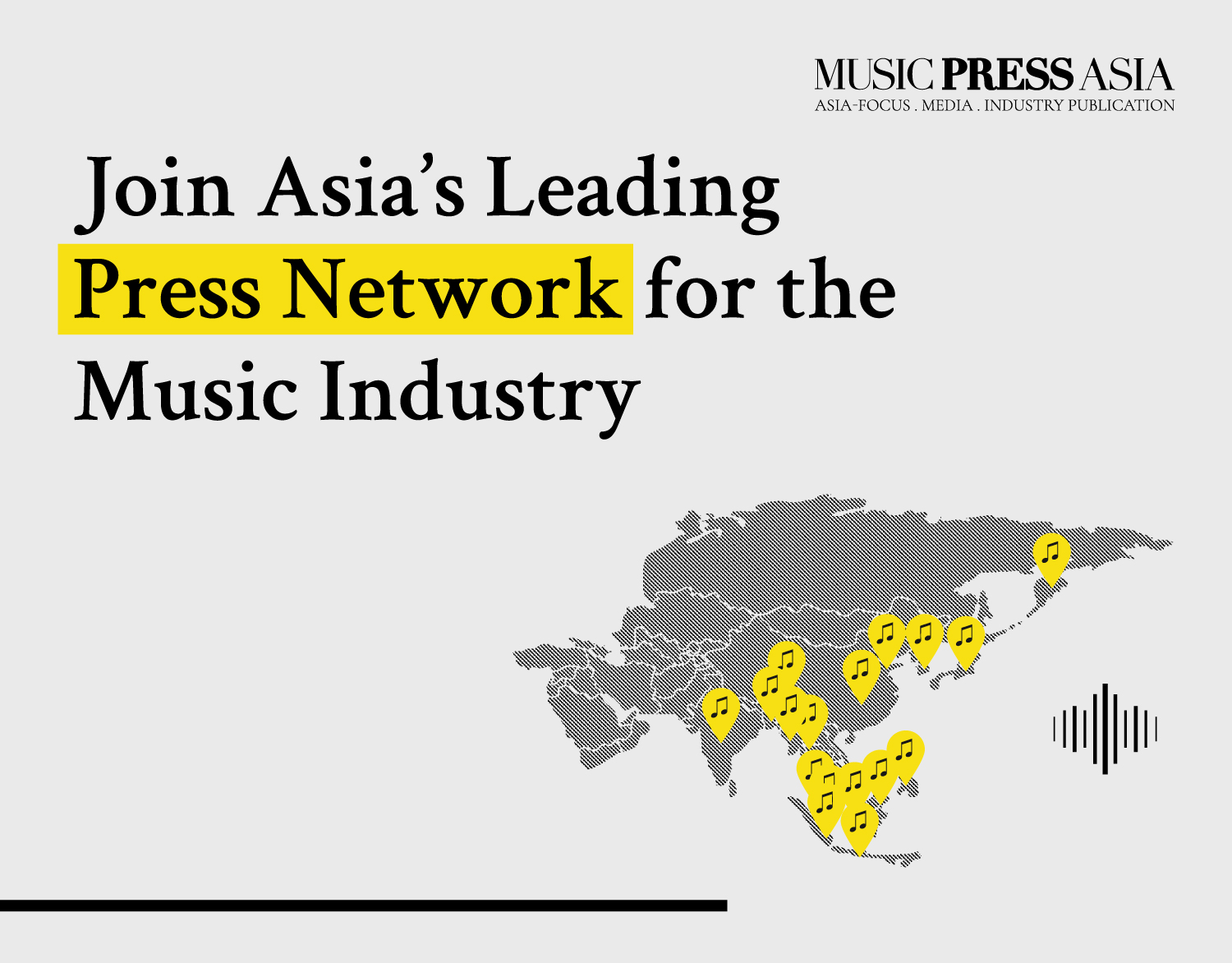Why Asian Sopranos Bring Authentic Power to Madama Butterfly
How cultural authenticity, representation, and artistry can transform Puccini’s tragic heroine.
How cultural authenticity, representation, and artistry can transform Puccini’s tragic heroine.
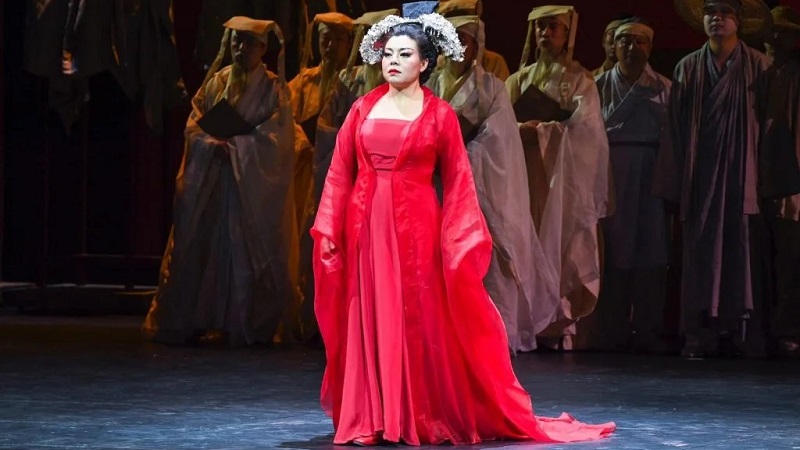
[Hui He is a renowned Chinese soprano celebrated for her powerful, emotive interpretations of Puccini and Verdi heroines on the world’s leading opera stages.]
Puccini’s Madama Butterfly has long held a central place in the global opera repertoire—a sweeping, tragic love story set in early 20th-century Nagasaki, Japan. Yet, for more than a century, the role of Cio-Cio-San has often been performed by non-Asian sopranos, sparking conversations about authenticity, cultural representation, and artistic responsibility.
This discussion is not to say that European or non-Asian sopranos should be barred from performing the role—indeed, many have delivered extraordinary, moving interpretations. Rather, as Asian cultural ambassadors, we see an opportunity: by promoting casting that features Asian sopranos, opera companies could also launch talent development campaigns to discover and train more singers from across Asia, ensuring the art form’s growth and diversification.

1. Cultural Authenticity and Storytelling Depth
Cio-Cio-San is more than a soprano role—she is a fully realised Japanese character whose personal history, cultural values, and worldview shape the opera’s emotional core. An Asian soprano, particularly one with direct or cultural ties to Japan, can bring a nuanced understanding to movement, gesture, and vocal colour. From the precision of her kneeling posture to the restrained, layered emotionality in her phrasing, cultural familiarity adds a truthful dimension that can transform the audience’s connection to the story.
Scholars have recognised how crucial this authenticity can be. Judy Tsou, in her essay “Composing Racial Difference in Madama Butterfly: Tonal Language and the Power of Cio-Cio-San” (Cambridge University Press), explores how Puccini’s musical and dramatic language constructs the character’s racial identity—emphasising that casting choices shape not just the sound, but the perceived meaning of the role.
According to Tsou, the combination of visual presentation, vocal timbre, and cultural nuance can either reinforce or dismantle exoticised portrayals. When a singer embodies the lived sensibilities of the culture, these subtleties emerge naturally, allowing the performance to honour the spirit of both the music and the story.
Artist Feature by Music Press Asia: Nancy Yuen
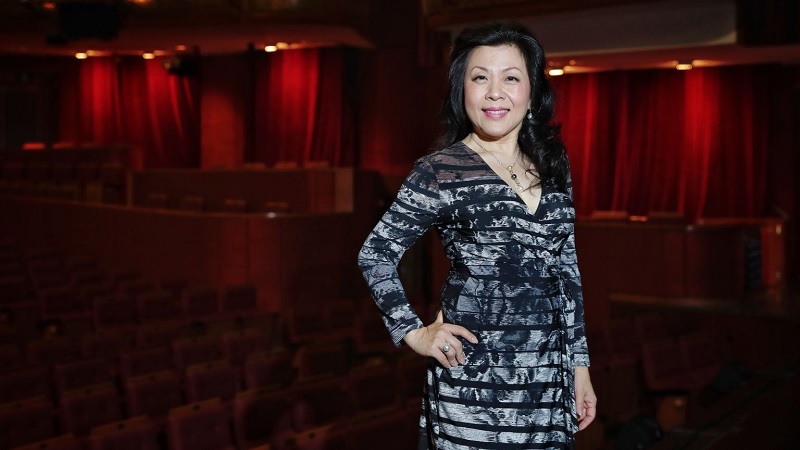
2. Breaking the Cycle of Operatic Stereotyping
For decades, many productions of Madama Butterfly relied on stylised “approximations” of Japanese identity—sometimes verging on caricature. This included exaggerated gestures, misrepresented costumes, and vocal inflections that prioritised exoticism over authenticity. Casting an Asian soprano in the role of Cio-Cio-San dismantles this cycle. It shifts the portrayal from imitation to lived expression, replacing outdated Orientalist tropes with a grounded, respectful characterisation.

Importantly, this shift also challenges the unconscious bias that Asian singers are suited only for a narrow range of repertoire. By casting them in Cio-Cio-San, one of opera’s most demanding and iconic roles, companies affirm that Asian artists deserve the same artistic trust and visibility as their Western counterparts.
In doing so, the opera world sends a message: the richness of the art form comes from the authenticity of its voices, not from perpetuating inherited stereotypes.
3. Artistic Excellence Meets Representation
Advocating for Asian sopranos in Madama Butterfly is not about fulfilling a diversity checkbox—it’s about expanding the parameters of artistic excellence. The role of Cio-Cio-San demands exceptional vocal stamina, dramatic range, and the ability to sustain emotional intensity across nearly three hours of music.
Asia has produced sopranos—such as Hui He, Guanqun Yu, and Eri Nakamura—who have proven themselves on the world’s most prestigious stages, blending technical brilliance with emotional truth.
Artist Feature by Music Press Asia: Eri Nakamura
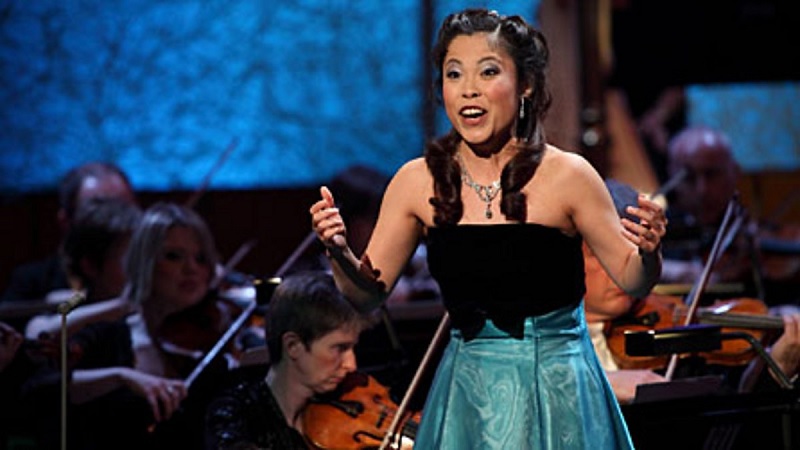
When representation and artistry intersect, the results can be transformative. A singer who understands the role both musically and culturally can deliver moments of breathtaking authenticity—transforming the “Humming Chorus” into a quiet meditation on fate, or “Un bel dì” into a cry of hope that resonates far beyond the footlights. Such performances not only enrich audiences but also elevate the global standing of Asian artists in opera’s elite circle.
4. Inspiring the Next Generation of Asian Singers
Representation has a multiplier effect. When young Asian opera students see an artist who shares their heritage portraying Cio-Cio-San with grace, dignity, and artistic depth, it broadens their sense of what’s possible.
This visibility can encourage more Asian singers to pursue opera seriously, knowing that the international stage can belong to them as much as to anyone else.

Opera companies could amplify this impact by pairing authentic casting with talent development campaigns across Asia—offering workshops, scholarships, and mentorship programmes. Such initiatives not only uncover emerging voices but also strengthen the cultural ties between Asian communities and opera houses worldwide.
In time, this could foster an entire new generation of sopranos whose artistry is rooted in both Puccini’s music and their own lived heritage.
5. A Global Audience Ready for Change
Today’s opera audiences are more culturally aware than ever. In an era of global streaming and social media, productions of Madama Butterfly are no longer confined to a local theatre—they’re accessible to viewers across continents. This diverse audience increasingly values authenticity, especially when stories are deeply tied to a particular culture.
Artist Feature by Music Press Asia: Sumi Jo
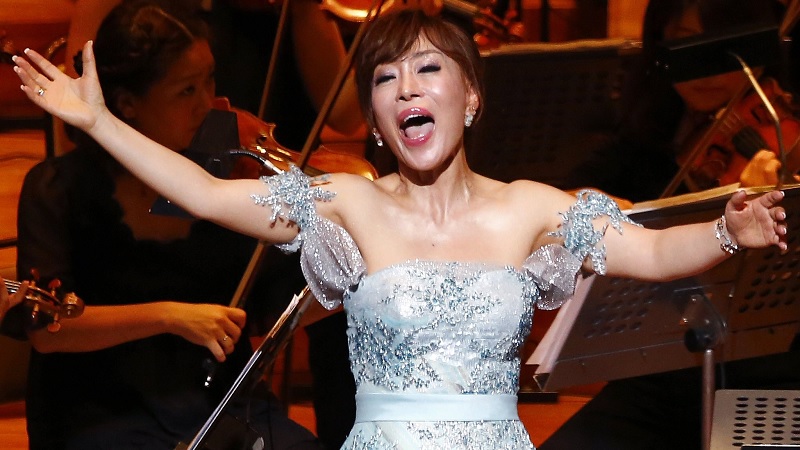
By casting Asian sopranos as Cio-Cio-San, companies not only meet this audience expectation but also elevate the opera’s emotional truth. Authentic portrayal deepens the audience’s emotional investment, ensuring Puccini’s tragedy resonates not as a stylised fantasy but as a story grounded in the humanity and dignity of its heroine.
In doing so, opera houses affirm that the future of the art form lies in inclusive casting that honours both the score and the spirit of the narrative.
Cio-Cio-San is more than a tragic heroine—she is a cultural symbol whose story deserves to be told with as much authenticity as artistic skill. Allowing Asian sopranos to interpret this role is not about exclusion but about respect, representation, and the enrichment of opera as a whole. Through authentic casting, opera can stay faithful to its artistic roots while opening new doors for the voices that will carry it into the future.
[Story cover image of Hui He]: Hui He exemplifies how an Asian soprano can embody both vocal mastery and cultural connection in Madama Butterfly. Her global career challenges the assumption that this role—and other major operatic parts—are best interpreted by European singers. Her success serves as a model for the talent development campaign you envision for Asia.


